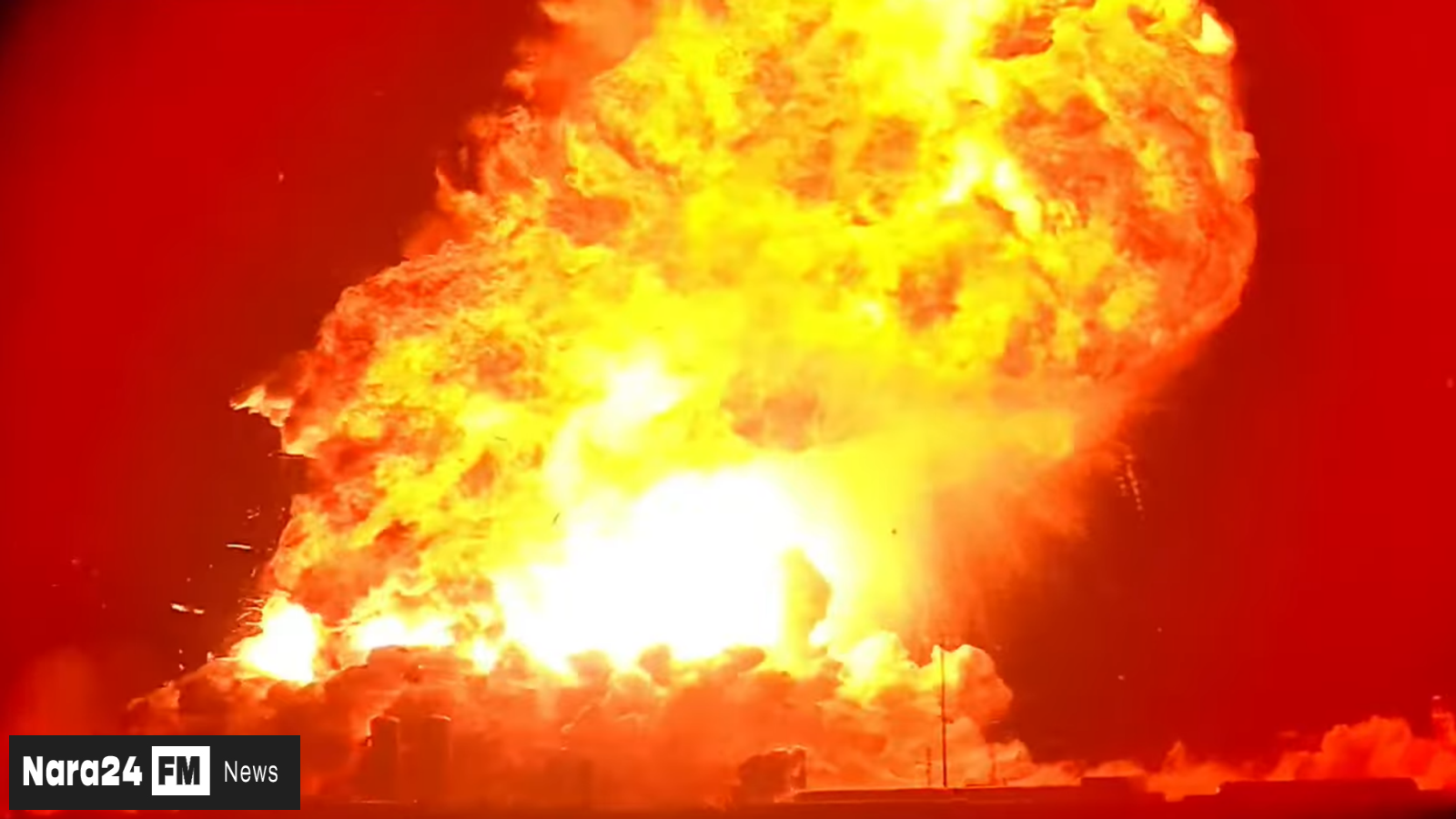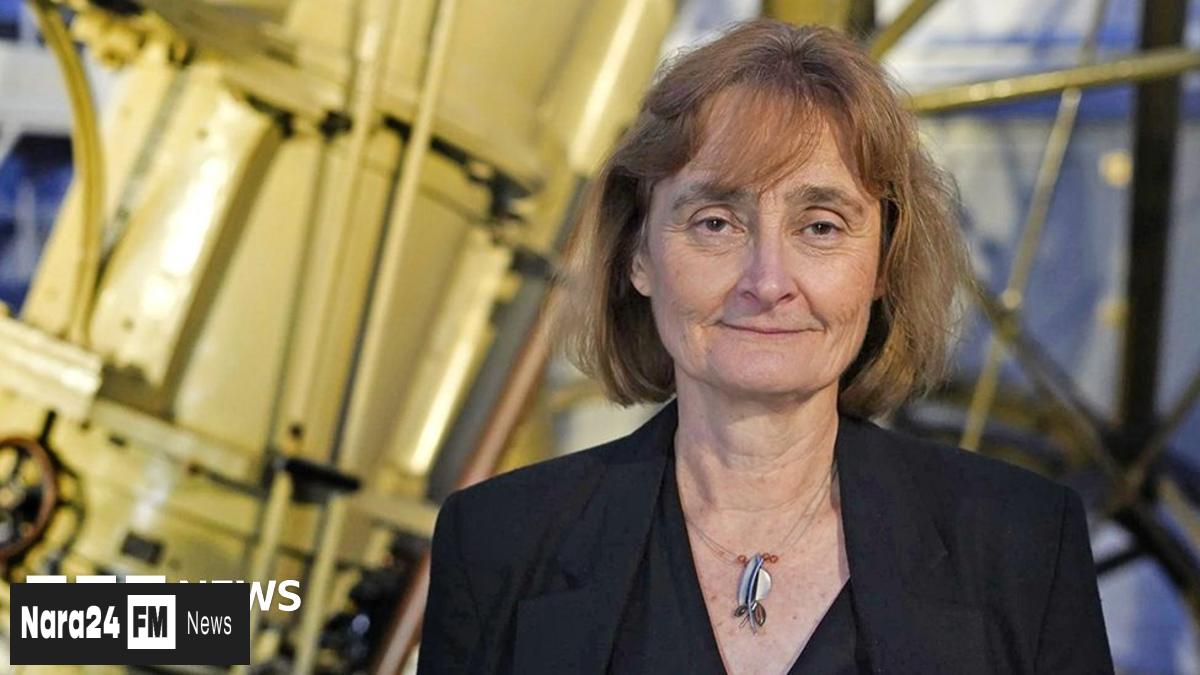In This Article
- Explosion Details
- SpaceX's Response
- Safety Measures
- Historical Context
- Future Plans
Key Takeaways
- A SpaceX Starship rocket (Starship 36) exploded during a static test at Starbase in Texas on Wednesday evening, just before its 10th test flight.
- The incident, described as a 'major anomaly' by SpaceX, resulted in no personnel injuries due to a maintained safety clear area.
- Despite the setback and a history of explosive failures, SpaceX remains committed to using Starship to transport people and cargo to Mars.
A dramatic and devastating incident has occurred at SpaceX's Starbase launch site in Texas, where a Starship rocket, identified as Starship 36, exploded into a giant fireball during a static test. The tragic event took place on Wednesday evening, just before the rocket was set to embark on its 10th test flight.
According to reports, the rocket was undergoing routine takeoff procedures shortly after 11 pm local time when the explosion occurred, sending a massive fireball high into the sky. SpaceX has described the incident as a "major anomaly," emphasizing that a safety clear area was maintained around the site, and all personnel are accounted for and safe.
The company has since assured that there are no hazards to residents in surrounding communities, and they are working in conjunction with local officials to safe the test site and the immediate surrounding area. Despite this setback, SpaceX remains committed to its ambitious goal of using the Starship program to ferry people and cargo to Mars.
Trump Threatens Musk With Billions in Federal Funding Cuts Amid Spending Bill Feud
President Trump signaled potential cuts to Elon Musk's feder...
Read moreThis latest failure is not an isolated incident for the spaceflight company, which has experienced a string of explosive past failures, including a rocket blowing up about eight minutes after take-off in January and another in March that forced flights in Florida to be temporarily grounded. However, SpaceX CEO Elon Musk has remained optimistic, citing each failure as an opportunity for growth and improvement.
Just last month, a Starship test flight encountered issues with fuel leaks, causing it to spin out of control about 30 minutes after launch. Despite this, Musk expressed enthusiasm for the program's progress, stating that the test flight represented a "big improvement." The CEO has also announced plans to send a spacecraft crewed by humanoid robots on a voyage to Mars by the end of 2026.







Comments (0)
Leave a Comment
Be the first to comment on this article!